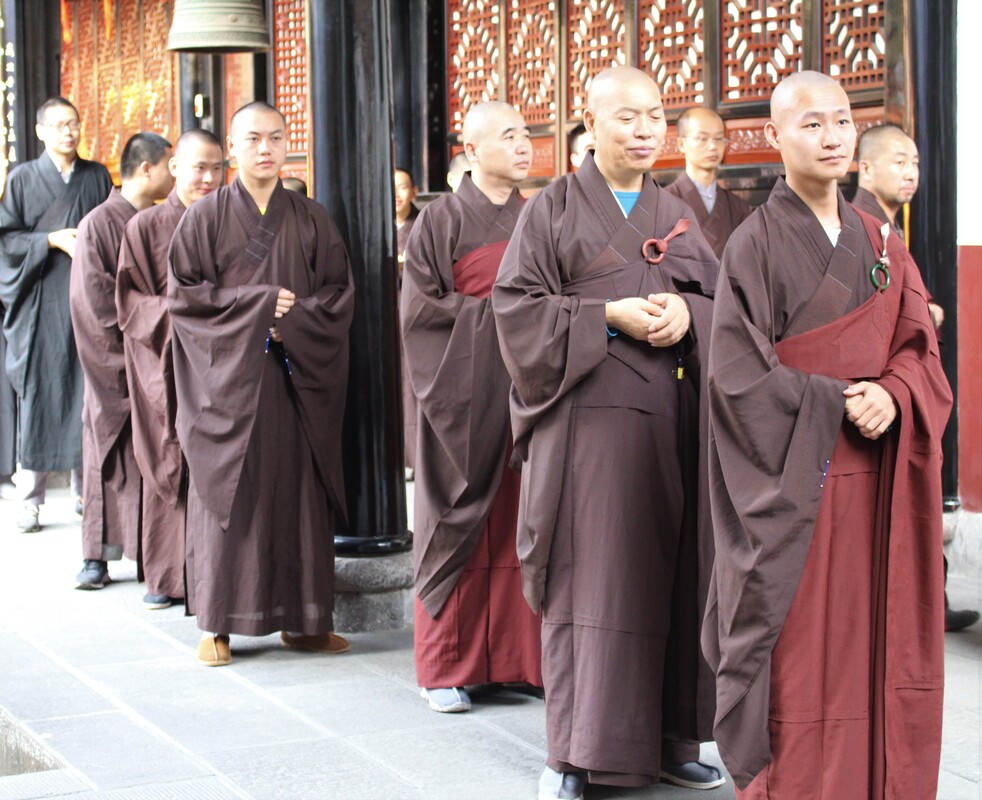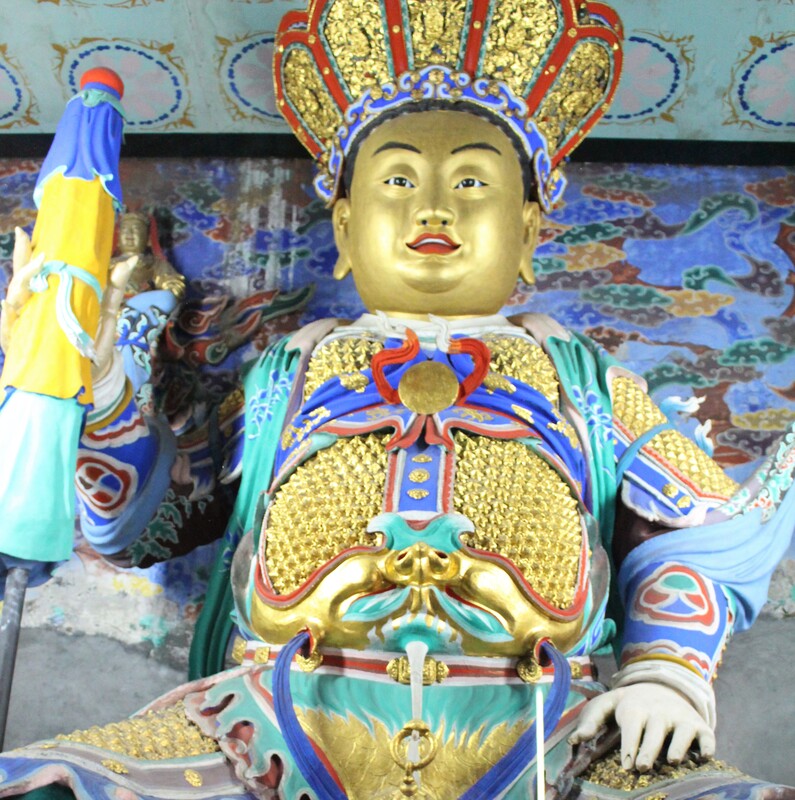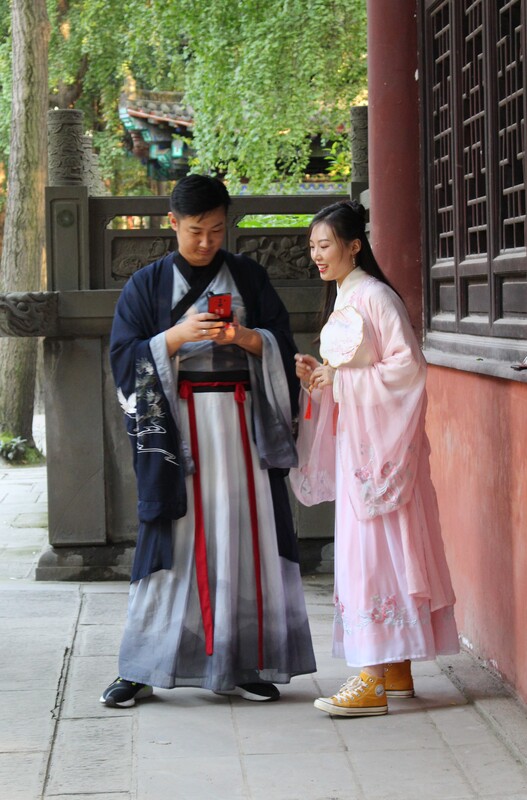|
How to be a Monk Despite China's antipathy towards religions, Chinese still consider becoming a monk to be a family honor. As far as I could tell, they had it pretty good. They studied, ate, discussed, had cell phones, didn't marry, burned incense, counted the money. They didn't appear to engage in any labor--as in having a garden or helping the poor; heavens, they existed off the money or food donated by believers. In some temples the money baskets were overflowing onto the floor and we walked on it. You can also hire them to pray for you. In another temple, the monks had "saved" fish that were about to be caught and eaten, by transferring them to the pond on the monastery grounds. Where they were caught and eaten by the large population of turtles in the pond. Good karma I guess. |
|
Buddhism or Daoism China's history on religious freedom is checkered at best. Historically, it sees religious beliefs as an assault on its culture, rightly so, I think, given their desire for homogeneity, conformity, harmony. Buddhism, which originally came to China from India, took root a long time ago, but has had its share of violence as well as other religions. Someone asked about the difference between Buddhism and Daoism. Chinese answer: really nothing. Later I remembered, from Religion 101 (a long time ago) that Daoism emphasizes earth, animals, communion with the natural world. The temples are frequented by business men who ask Buddha for good luck in their business endeavors, or mothers-in-law-to-be for an auspicious marriage for a child. This guy at Wenshu Monastery was one of 4 or 5 or 6 (I should know!) in every temple we visited. He was the kindest, happiest looking--the others were fierce to the point of being monsters, I didn't want them in my photo collection. They are collectively guardians/protectors of the buddhas so that bad spirits don't get them. Not so good against guns. |
|
How Chinese Dress Today In nearly every city visited, I saw people in dynasty style costumes. Couples or even singles were taking selfies or actually had a photo crew taking their pictures. In Shanghai, the couples would be dressed in formal wear: tuxes for the guys, long flowing evening gowns for the girls. We passed so many of these couples that we finally asked if it was prom night. Our guide explained that the young couples were engaged and were having photos taken for their pre-marriage photo albums. Apparently now that people are becoming wealthier, their marriage preparations were beginning to include these photo binges which more and more took place in foreign countries with elaborate attire as well as white western style wedding gowns. One good thing about Chinese custom still in force--the groom pays for everything. I was also surprised to see the "everyday" clothing worn. In the cities, so city office workers presumably, the women were, not surprisingly, very fashion conscious. I saw alot of flowing type of dresses, mimicking the dynasty gown here, but modern; tulle covered skirts; high heels even in the airports. It was wonderful to see the yoga pants thing hasn't been copied in China. T-shirts, often with English words on them, and linen or cotton pants was the norm for casual wear. I never saw one single blue cotton, chinese collared, side buttoned "Mao" shirt (unless you count the boat in Suzhou, which was for show) in all of China. Oh, and Chinese teenagers don't have proms. |


